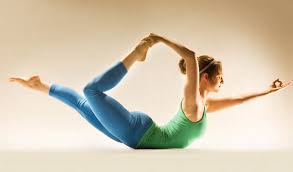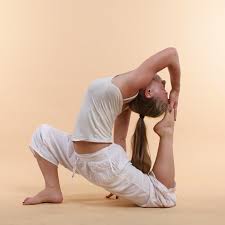experience quite consciously
About the Vedas. About future
 About the Vedas. About future.
About the Vedas. About future.
As I wrote earlier, the Vedas describe the laws and rules of human life and society. These rules are based on the laws of the Universe, on the knowledge of the interaction of the male and female principles, and were specially given to people, because the sages of antiquity understood that the strength of the state lies in the strength of its citizens. The strength of citizens is not physical strength, it is the inner strength of the consciousness of citizens. First, certain powers were taken away from people by knowledge. Then they deliberately and for a long time destroyed consciousness. This was done on purpose, because if people take away knowledge, and if they are given a substitute for happiness, in the form of alcohol, which can completely destroy even the most subtle mind, then you can be sure that society will be destroyed sooner or later. Continue reading
Yoga Nidra – magical yogic dream (part 2)
 At the same time, you should know that during the advancement of your consciousness you inevitably go through the sphere of hypnosis, which can disconnect you from yoga nidra. However, if you have not lost your awareness of the yoga nidra process, this vigilance continues automatically. During the practice of yoga nidra, consciousness remains active, we develop the ability to consciously observe, but not analyze. The main difference from hypnosis is that the practitioner does not lose his free will. If the process is not to his liking, he is always free to stop it. In addition, the very “grain” that is laid in the fertile soil of the subconscious or the so-called “sankalpa” (affirmation) – the practitioner formulates for himself. The instructor is just a guide offering you a specific technique and never forcing a process and not subordinating practitioners to his will. Continue reading
At the same time, you should know that during the advancement of your consciousness you inevitably go through the sphere of hypnosis, which can disconnect you from yoga nidra. However, if you have not lost your awareness of the yoga nidra process, this vigilance continues automatically. During the practice of yoga nidra, consciousness remains active, we develop the ability to consciously observe, but not analyze. The main difference from hypnosis is that the practitioner does not lose his free will. If the process is not to his liking, he is always free to stop it. In addition, the very “grain” that is laid in the fertile soil of the subconscious or the so-called “sankalpa” (affirmation) – the practitioner formulates for himself. The instructor is just a guide offering you a specific technique and never forcing a process and not subordinating practitioners to his will. Continue reading




